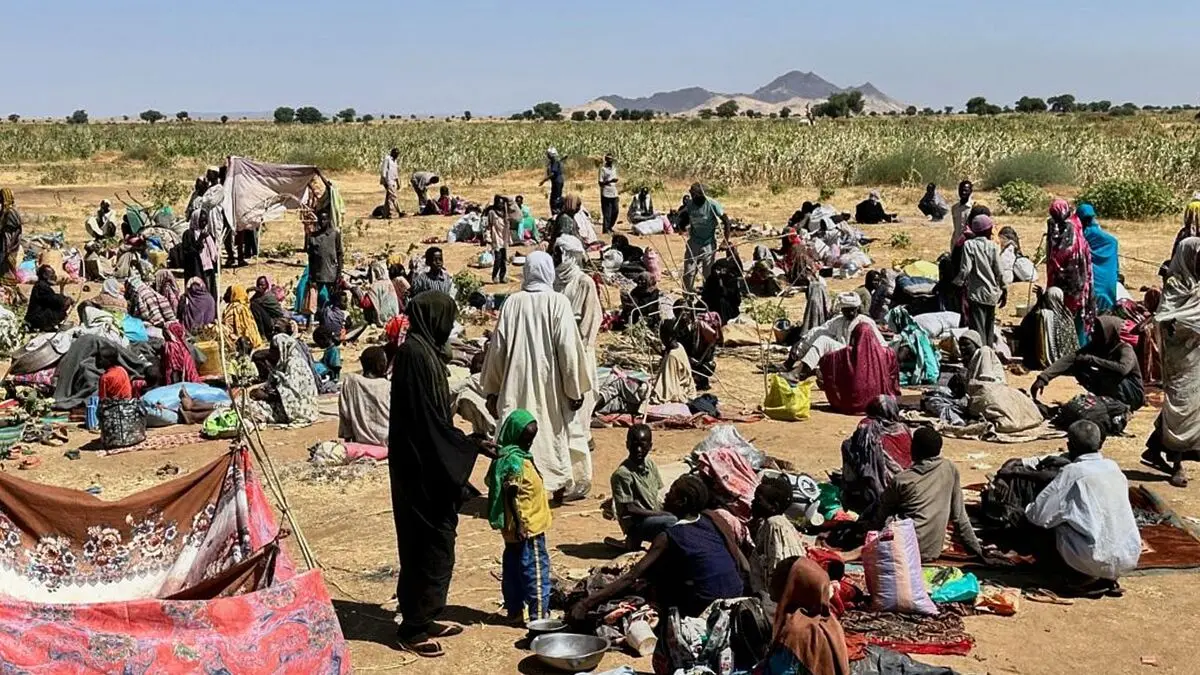al-Fashir, the Sudanese army's last outpost in the Darfur region, was captured by the RSF militia around October 26.
New satellite images – the only available visual documentation of the situation in the city – show signs of mass graves, reports a research team at Yale University in the US.
Since the city fell, nearly 7,000 people have managed to reach the nearest refugee camp, Tawila, about 60 kilometers to the west. The relative silence from al-Fashir is raising concerns among aid workers.
We expected hundreds of thousands more, says Shashwat Saraf, head of the Norwegian Refugee Council in Sudan, which works in the camp.
"We don't know where the remaining people are, we don't know how many have been killed. We believe many are still trapped there," Saraf said.
Dead bodies
Those who have arrived in Tawila since the RSF took the city have been severely dehydrated and disoriented, after days of fleeing on foot through the desert. Many carry trauma.
They tell stories of being kidnapped, deprived of their liberty, tied up, robbed and beaten along the way.
Some have crawled with their elbows in the sand to avoid being discovered.
They also testify about people who have been killed. About dead bodies, both in the city and outside.
"It's difficult for us to assess how many. But it's testimony to horrors," says Saraf.
In the past week, about a hundred orphans have arrived in Tawila.
They don't know where their parents are, they don't know where their siblings are. They have been carried by people who are not their relatives.
Cholera outbreak
Al-Fashir was besieged by the RSF for 18 months before the city fell, with starving people forced to survive on leaves, animal food and rainwater.
We will probably never know how many people died because of the siege.
Over 600,000 people are already in Tawila, many of whom fled there earlier this year when fighting reached the huge Zamzam refugee camp.
For a couple of months, a cholera outbreak has been raging in Tawila, hundreds of people have died from the contagious diarrheal disease, says Saraf.
Aid workers must constantly reprioritize the very limited resources available.
"There are very difficult and heartbreaking decisions to make every day," says Saraf.





